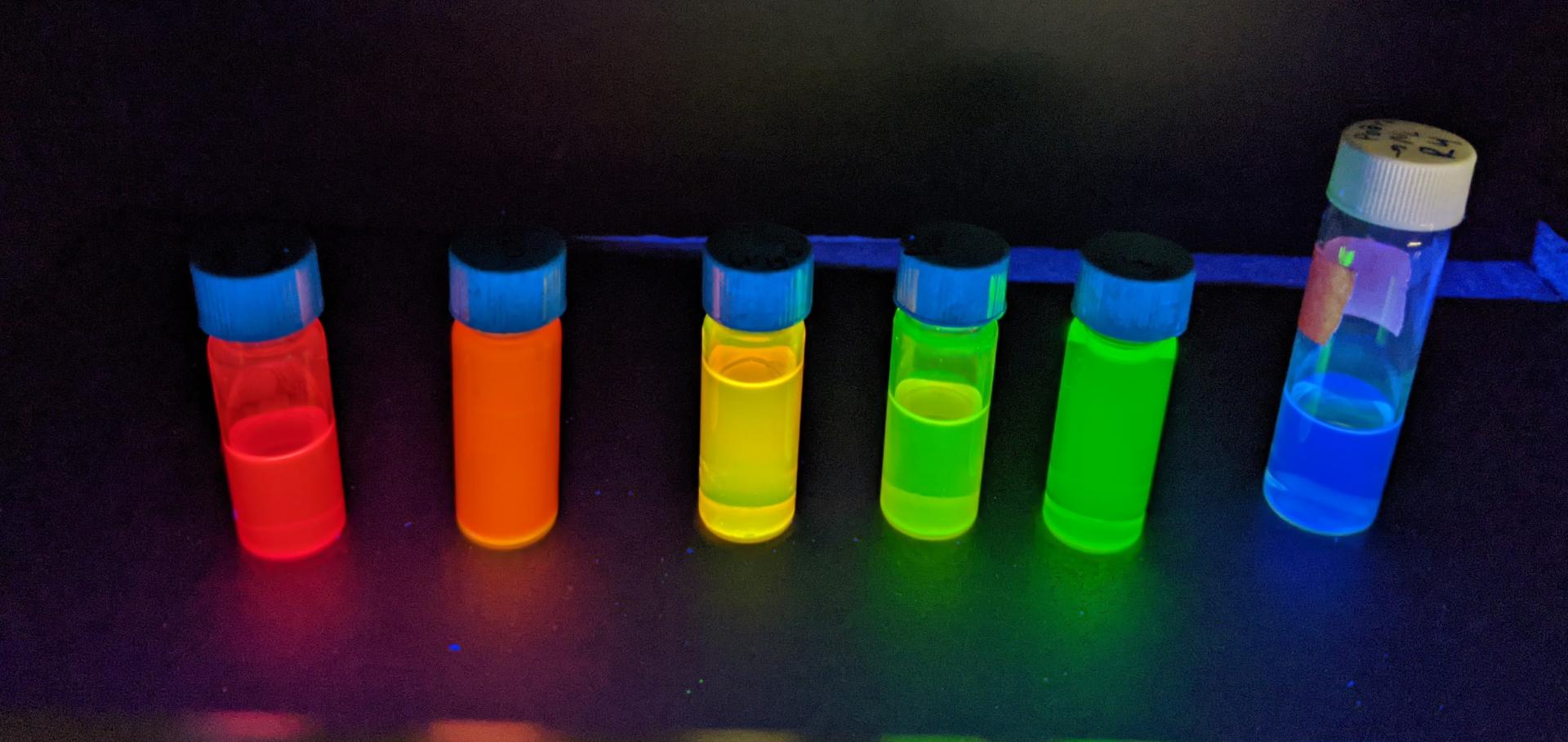Stability of mixed lead halide perovskite films encapsulated in cyclic olefin copolymer at room and cryogenic temperatures
Abstract:
Lead Mixed Halide Perovskites (LMHPs), CsPbBrI2, have attracted significant interest as promising candidates for wide bandgap absorber layers in tandem solar cells due to their relative stability and red-light emission with a bandgap ∼1.7 eV. However, these materials segregate into Br-rich and I-rich domains upon continuous illumination, affecting their optical properties and compromising the operational stability of devices. Herein, we track the microscopic processes occurring during halide segregation by using combined spectroscopic measurements at room and cryogenic temperatures. We also evaluate a passivation strategy to mitigate the halide migration of Br/I ions in the films by overcoating with cyclic olefin copolymer (COC). Our results explain the correlation between grain size, intensity dependencies, phase segregation, activation energy barrier, and their influence on photoinduced carrier lifetimes. Importantly, COC treatment increases the lifetime charge carriers in mixed halide thin films, improving efficient charge transport in perovskite solar cell applications.


